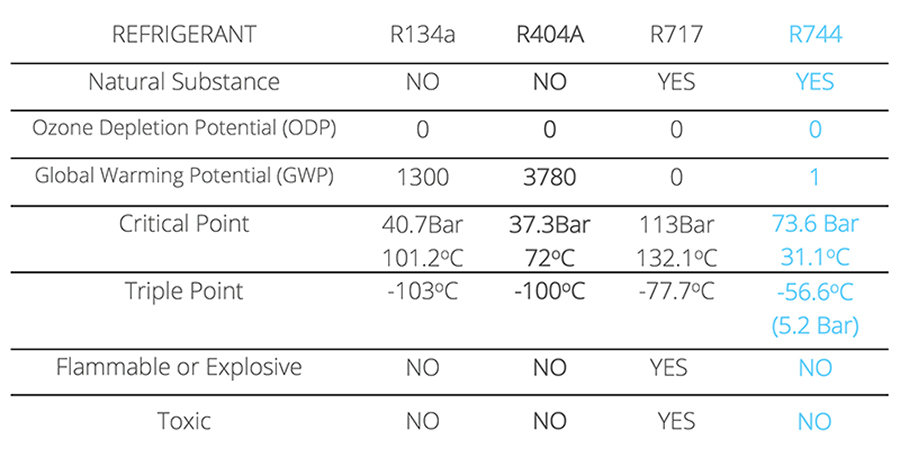There are several national and international programs that regulate refrigerants, one of those being the European F-gas regulation, which was passed in 2006.
The F-gas rule significantly reduces the amount of fluorocarbons that are sold in the European Union (EU) by dramatically phasing them down.
Facts:
- As a result of the Kigali amendment more and more countries are stepping up legislative efforts to limit the use of HFCs (China, India, and other developing country).
- Upcoming Montreal Protocol meetings will determine funding guidelines for developing countries;
- USA – how HFCs will be treated remains to be seen
- California will advance its legislation nevertheless – scientific assessment of possible measures currently ongoing
- Canada Implementing HFC phase down until 2030 and introduced national carbon tax.
- New F-gas law introduced in Japan
- New f-gas legislation introduced in Australia amending the Ozone Protection and Synthetic Greenhouse Gas Management (OPSGGM) Act by adding an HFC phase-down plan

